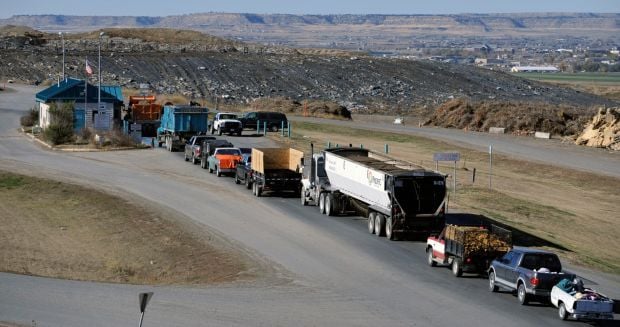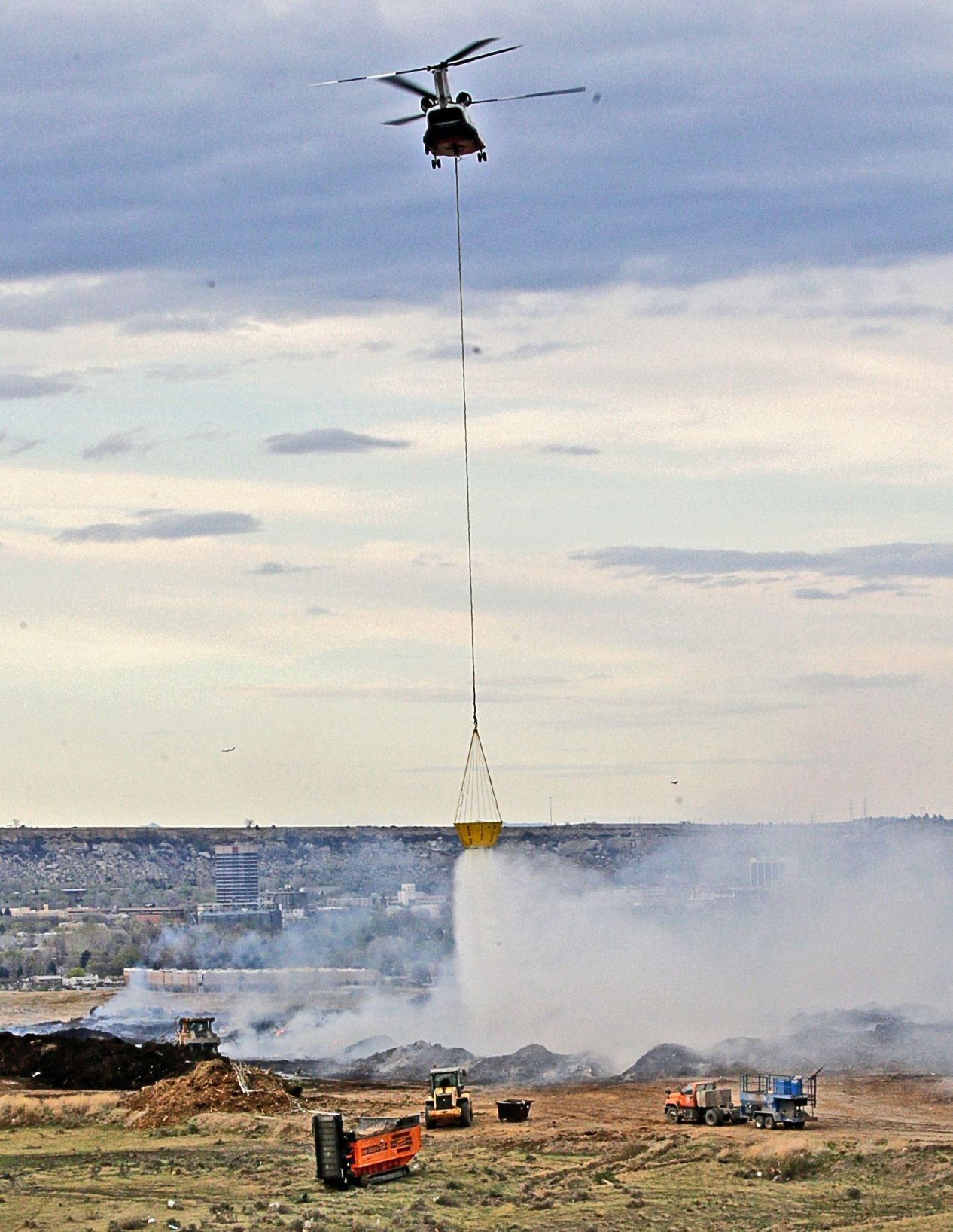

To me, such a study would seem crucial to the assessment’s statements relative to hydrology, soil engineering, etc. Therefore, there should be a seasonal biological sampling of these streams-within the site, and especially several points along Blue Creek to its terminus with the Yellowstone River to establish a base-line of “what is now” as a biological monitor for assessing any future changes in the biota should the “engineering safe-guards” not perform as predicted. Aquatic life can be found in these pools. That is, these streams, although intermittent, often pool water during the dry season. How can that draft assessment be true?įurther, no biological data accompanies this assessment.
BILLINGS LANDFILL PLUS
Relative to Wetlands & Streams: The expansion area is located in the Blue Creek Watershed…Seasonal flow occurs in Stream 1 when it exceeds the rate of infiltration…the resulting shallow, course-bedded intermittent streams with shallow flows, but high turbulence, do not provide fish habitat.Ĭritique: In my random & infrequent samplings of Blue Creek, I have collected 3 fish species-of course all in the Minnow Family ( Cyprinaidae)- admittedly not “sport fish,” but fish nevertheless, plus there are many aquatic insects and other invertebrates. Any close examination of a Google Earth photo of the “adjacent areas” would reveal that there are numerous vegetation types/habitats within the holistic vegetation classification system identified as Big Sagebrush Steppe and Great Plains Mixed Prairie, as presented on page 46, under Vegetation 3.6.1. compared to this present Landfill buffer. How adjacent, and what is the adjacent land use-housing, ranching, farming, etc. It has simply been a literature/internet data search!Īs for the statement, “Large areas of similar vegetation are found adjacent…” this is not basically true. It is obvious that there is no data in the draft assessment to support such a conclusion. (for example: I and other surrounding landowners are not aware of antelope occurring is this area). Question/Critique: How was this assessment determined? It seems obvious that this is not based upon any qualitative/quantitative field work (no “boots-on-the-ground,” if you will) by ecologists, naturalists, botanists, etc. The landscape is not unique and does not contain any specially designated or unique wildlife features. Large areas of similar vegetation are found adjacent to the proposed expansion area. I am happy you have used the info, but it is generic and serves only as a guide to foster awareness and thinking for the public at large, and public and private agencies to take a closer look at any ecosystem under consideration for development, alteration, and new management paradigms.Īssessment statement: The tract is currently dominated by various grasses, sage and cacti…used by deer and antelope populations. Note: I volunteer and work with the Montana Natural Heritage Program, providing data and images for their field guide website.


The assessment states: The analysis methods included…research of the Natural Resource Heritage Program database to determine the presence of threatened, listed, and/or endangered plant and animal species. SUBSECTION 3.3, page 31 TERRESTRIAL & AQUATIC LIFE HABITATS: My comments, however, will be limited to the biological and natural community-the flora and fauna aspects-of the site for I do not claim to possess enough in-depth expertise to critique the hydrological, geological, and soil aspects of the ecosystem/project area in question. Therefore, my comments are focused upon Section 3 Affected Environment and Environmental Consequences by Resource in the EA. Scott, Field Biologist, retiredĪt the above stated meeting, I pointed out some important voids in the draft assessment relative to the land (known as the landfill “ buffer” ) regarding the lack of data of the 350 acres ecological features, vegetation, fauna, etc. A CITIZEN/ADJACENT LANDOWNER CRITIQUE OF THE BILLINGS CLASS II LANDFILL EXPANSION PROJECT DRAFT ENVIRONMENTAL ASSESSMENTīy Ralph D.


 0 kommentar(er)
0 kommentar(er)
